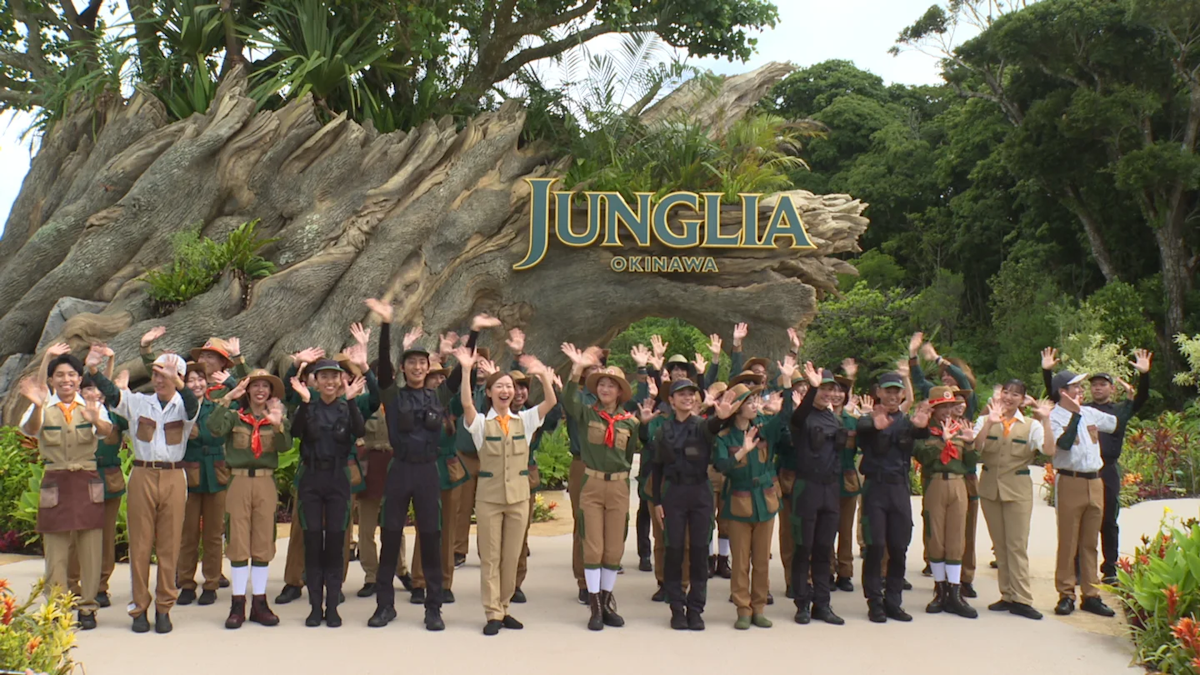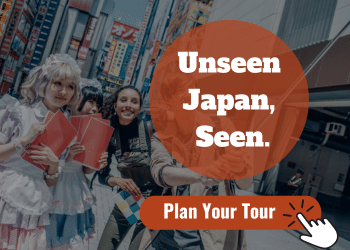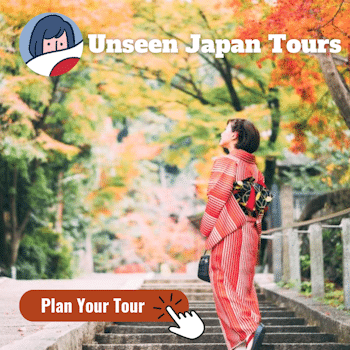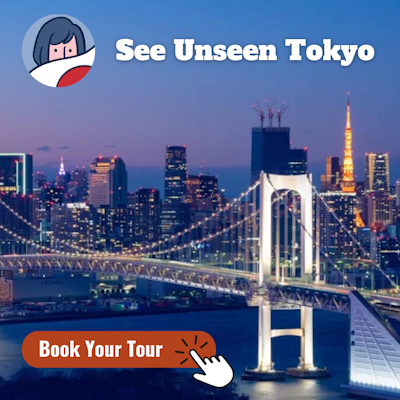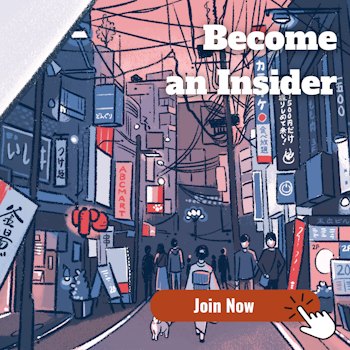A new theme park with no name recognition opened for business in Okinawa on Juky 28th. The nature-themed destination hopes to tap into Okinawa’s booming tourism traffic. It also hopes to make a pretty penny off of overseas visitors with its two-tier pricing system. The question is: Will it succeed?
What’s in Junglia Okinawa
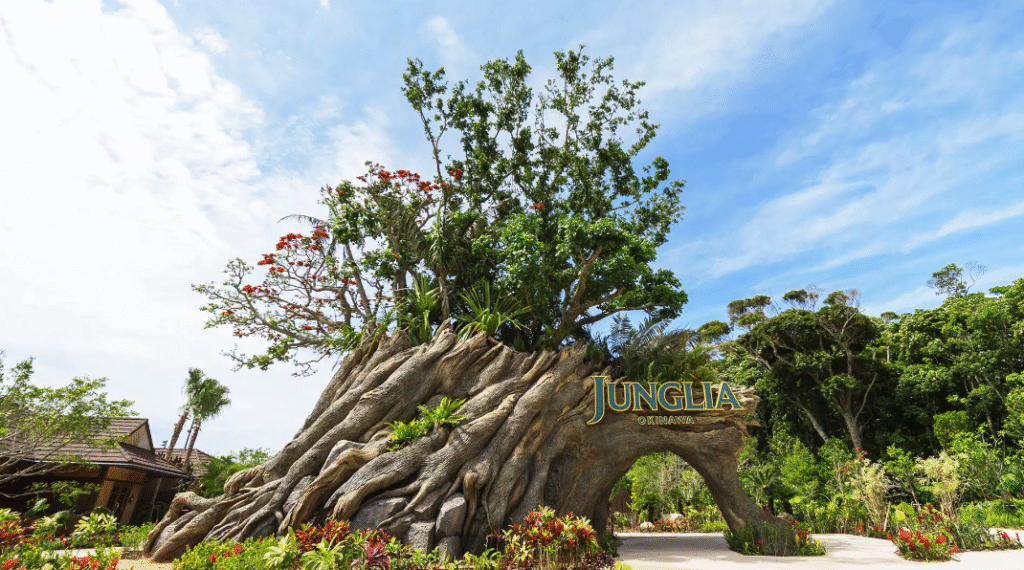 An actual photo of Junglia, as opposed to the bewildering AI-generated photos that litter its website. (Picture: Japan Entertainment via PR Times)
An actual photo of Junglia, as opposed to the bewildering AI-generated photos that litter its website. (Picture: Japan Entertainment via PR Times)
Junglia Okinawa advertises itself as a “Power Vacance” (that’s Japanese English for “power vacation”). The new theme park features 22 attractions and shows, including a tree-top adventure, balloon rides, a “dinosaur safari,” bungee and swing rides, as well as water and fireworks shows.
Junglia is located in Nakijin, a village on Okinawa Island with a population of under 10,000 people. The park says it showcases and supports the Yambaru (山原), the forested northern part of Okinawa Island. The Yambaru is host to around 177 species that are considered endangered, such as the Okinawa rail, or Yambaru kuina in Japanese. (The park employs the kuina prominently in its promotional materials.)
Unfortunately, it’s a little hard to tell what parts of Junglia look like from its website. For many of its attraction pages, its parent company, Japan Entertainment, decided to use an AI image generator instead of showing pictures of actual people at the actual park that actually exists.
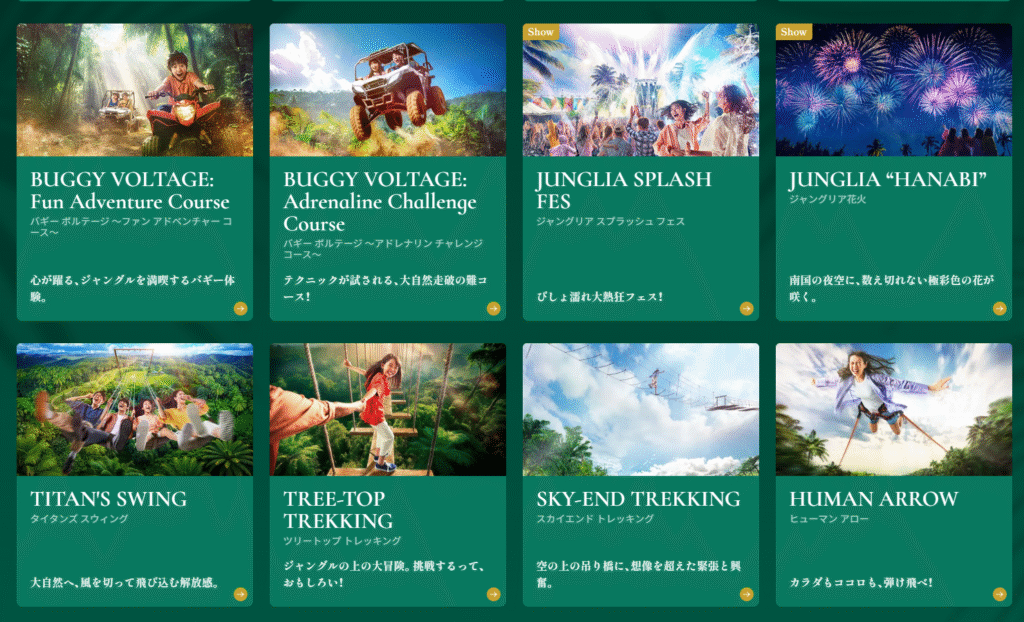 The website’s use of AI imagery is jarring.
The website’s use of AI imagery is jarring.
The English translations on the site also appear machine-translated; outside of “Power Vacance,” cumbersome expressions such as “experience it with your whole body” come off as overly literal translations of the original Japanese.
You can see actual footage of the park in this YouTube news segment from ANN.
1,870 yen more if you’re a tourist
 The prices for tickets for Junglia depend on the language you select.
The prices for tickets for Junglia depend on the language you select.
One of the most marked features of Junglia, however, is at the gate.
If you use Junglia’s English-language website, you’re given a price of 8,000 yen for a one-day ticket. (You can also add other options, such as a spa ticket and a Premium pass.) With tax, that comes out to 8,800 yen ($59). Inbound visitors must purchase passes through a third-party site such as Klook or Trip.com.
What the English site doesn’t say is that this is 1,870 yen more than the price if you purchase through the Japanese language ticket site at ticket.junglia.jp. There, the price for locals, including tax, is only 6,930 yen ($47).
According to Nikkei, the pricing scheme is the work of Katana Marketing. Katana is run by Morioka Tsuyoshi, who’s known for turning around Universal Studios Japan. The group, recognizing that inbound tourists spend 3x that of domestic tourists, hopes to earn a pretty penny from the price differential.
It may succeed. Okinawa has seen a two-fold increase in tourism since 2024. The park hopes to attract visitors from Taiwan and South Korea, which are just a short four-hour flight away from the main island. Additionally, sites like Niseko show that inbound tourists are willing to pay exorbitant prices for premium experiences.
Success isn’t a sure thing, though. The attraction still has little name recognition. It’s also a full hour drive away from Naha Airport. And, needless to say, a theme park with no character branding doesn’t hold the same allure as a park like Universal or a skiing hot spot like Niseko. It’ll take some aggressive marketing for this scheme to pay off.
Not the first – or last – two-tier pricing attraction
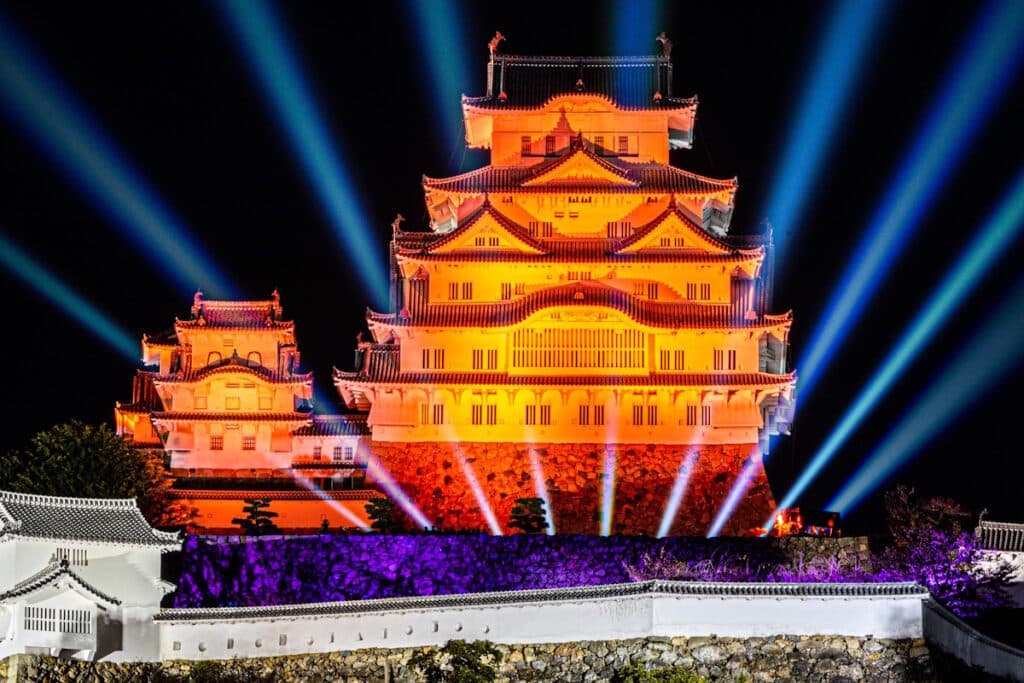 Himeji Castle, Hyogo Prefecture. (Picture: はっち / PIXTA(ピクスタ))
Himeji Castle, Hyogo Prefecture. (Picture: はっち / PIXTA(ピクスタ))
Businesses and historic sites in Japan have wrestled recently with whether to move toward two-tier pricing. Most tourists, the reasoning goes, are already getting a great deal thanks to Japan’s weak yen.
Two-tier pricing, especially for municipally-owned historic sites, can help preserve history and maintain order at popular tourist destinations. It also gives financial relief to locals who are struggling as prices for everything from utilities to rice go through the roof.
Several sites, such as Himeji Castle, have already moved toward a two-tier pricing system. I wrote earlier today about a Buddhsit temple in Fukuoka that’s using two-tier pricing to control and repair tourism-related damage. Hokkaido has urged local businesses across the board to consider two-tier pricing.
Many businesses and tourist hot spots are undoubtedly eyeing Junglia’s two-tier pricing experiment. If it succeeds, expect more places in Japan to follow suit.
Sources
「JUNGLIA OKINAWA(ジャングリア沖縄)」本日、2025年7月25日(金)グランドオープン!!当日朝9時15分、開業セレモニーを実施 ナビゲーター約200名がゲストを笑顔でお出迎え. PR Times
ジャングリア沖縄開業 二重価格の成否占う. Nikkei
Yambaru. Wikipedia
